
Additional biomarker findings from up to 2 years of DNL310 treatment suggest positive changes in adaptive behavior and cognition as well as improvement in auditory function among pediatric patients with Hunter syndrome.

Additional biomarker findings from up to 2 years of DNL310 treatment suggest positive changes in adaptive behavior and cognition as well as improvement in auditory function among pediatric patients with Hunter syndrome.
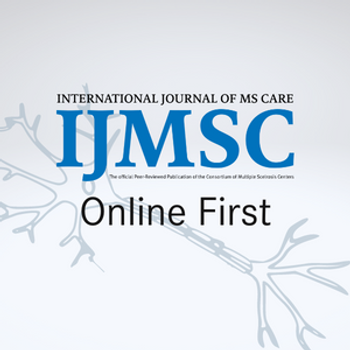
Review the latest peer-reviewed articles dedicated to the multidisciplinary management of multiple sclerosis published in the International Journal of MS Care.

In an integrated meta-analysis of the HEALEY ALS platform trial and RESCUE-ALS trial, 30mg of CNM-Au8 resulted in 59% decreased risk of mortality among participants with ALS compared with PRO-ACT matched placebo over long-term follow-up.
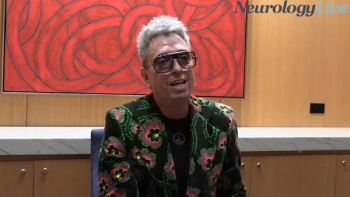
The director of the Duke ALS Clinic at Duke Health provided perspective on the issues with getting newly approved ALS therapies to patients who need them the most. [WATCH TIME: 4 minutes]

Virginia Gao, MD, PhD, a movement disorders fellow at Weill Cornell Medicine, discussed several topics related to the use of biomarkers in the prodromal stages of neurodegenerative disorders like Parkinson disease.
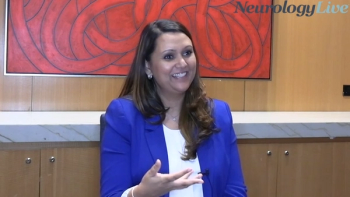
The director of the MedStar Georgetown Headache Center provided insight on the excitement behind PACAP, how it may offer an alternate way of treating migraine, and where research behind it currently stands. [WATCH TIME: 4 minutes]

Here's some of what is coming soon to NeurologyLive® this week.

A recent analysis showed a form of tau that could serve as a biomarker to track and explore whether investigational tau-based drugs are effective against Alzheimer disease.
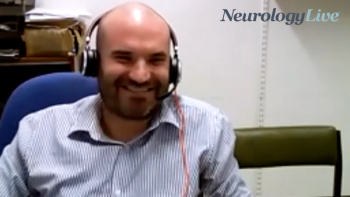
The movement disorder specialist at Cambridge University Hospitals NHS Foundation Trust discussed the rise of wearable technology for managing Parkinson disease to potentially empower patients and monitor the disease at early stages. [WATCH TIME: 4 minutes]

Test your neurology knowledge with NeurologyLive®'s weekly quiz series, featuring questions on a variety of clinical and historical neurology topics. This week's topic is headache and migraine.

In the largest meta-analysis of patients with poststroke seizures, findings showed that those with early seizures had a greater mortality risk than those with late.
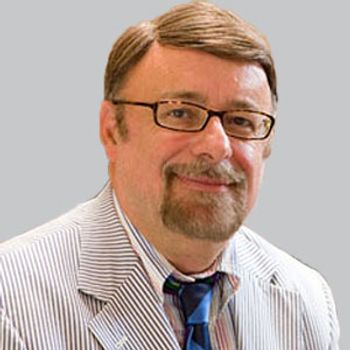
Among 443 episodes in 149 patients treated with different doses of BXCL501 over 12 weeks, the 60 mcg dose showed a reduction in agitation for the first and all treated episodes at 1 and 2 hours.
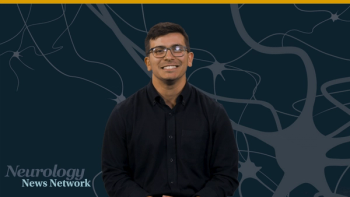
Neurology News Network for the week ending September 23, 2023. [WATCH TIME: 3 minutes]

In the study, patients with ALS will be asked to complete questionnaires, a physical examination, and undergo neurostimulation site visits 3 times per week for 4 weeks.

Take 5 minutes to catch up on NeurologyLive®'s highlights from the week ending September 22, 2023.

The chief medical officer at ML Bio Solutions, an affiliate of BridgeBio, talked about the importance of awareness for neuromuscular diseases such as Duchenne muscular dystrophy and why a timely diagnosis can make a profound difference in a patient’s life. [WATCH TIME: 3 minutes]
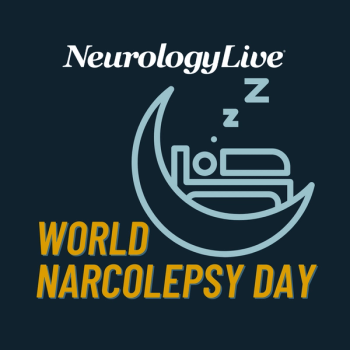
On World Narcolepsy Day 2023, get a recap of the latest advances in narcolepsy that you might have missed over the last few months, compiled all into one place by the NeurologyLive team.

Mind Moments®, a podcast from NeurologyLive®, brings you an exclusive interview with Birgitte Kornum, MD. [LISTEN TIME: 18 minutes]
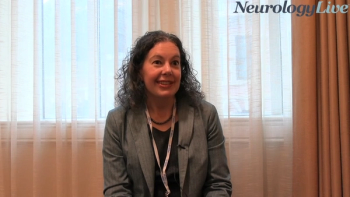
The associate professor at Washington University School of Medicine provided commentary on the state of care for pediatric stroke, and the challenges with identifying the most likely etiology. [WATCH 3 minutes]

Leigh Charvet, PhD, professor of neurology at the NYU Grossman School of Medicine, talked about a trial that aims to address cognitive impairment in patients with long COVID through a unique, remote, and home-based treatment approach.

The professor of neurology and translational neuroscientist at Ludwig-Maximillian’s University Munich discussed the reasons behind specific inclusion criteria and outcomes used in the phase 3 ORION study of AMX0035 in progressive supranuclear palsy. [WATCH TIME: 4 minutes]
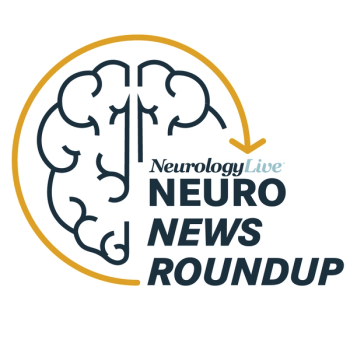
In honor of World Alzheimer Day, held September 21, 2023, get caught up on some of the latest news in Alzheimer disease as the NeurologyLive® team shares some of our data updates.
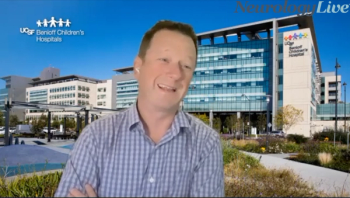
The director of the Pediatric Epilepsy Center at UCSF provided perspective on the advances in the treatment of Dravet syndrome, emerging research concepts in the field, and the influence of genetic testing. [WATCH TIME: 5 minutes]

A study examining eligibility criteria for Alzheimer agent trials showed that a significant proportion of older adults with early cognitive impairment may not qualify for these therapies because of health conditions and other factors.

In a large cohort of 848 pediatric participants with challenge-proven food allergy, investigators identified narcolepsy-like sleepiness as a symptom impacting more than 1 in 10 patients with food allergies.

The double-blind trial will feature 180 patients of various spinal muscular atrophy types who will be followed over a 48-week treatment period.

In a recent multisite analysis of 361 patients with REM sleep behavior disorder, 84% had neurological abnormalities in at least one domain observed.
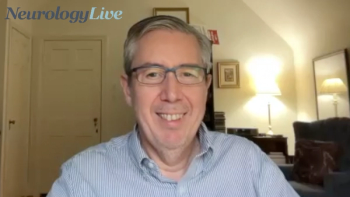
The adjunct professor of human genetics at Emory University School of Medicine talked about efforts from various communities in neurological disorders, such as Rett syndrome, to develop new measures for research. [WATCH TIME: 3 minutes]

The associate professor in the department of neurology at the University of Rochester provided insight on her presentation on psychosis in Parkinson disease and related disorders given at the 2023 ANA Annual Meeting.

The AIRAscore may help optimize the diagnostic process of neurodegenerative disorders by comparing brain structures with collected age- and gender-specific qualitative data samples.